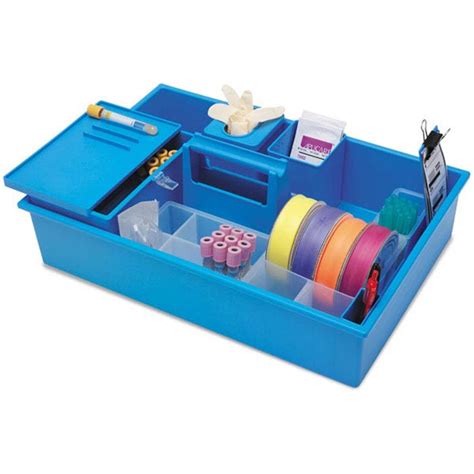Responsibilities Of Phlebotomist
Phlebotomists play a crucial role in the healthcare industry by drawing blood from patients for various purposes, such as diagnostic testing, blood donations, and transfusions. They are highly skilled professionals who must adhere to strict guidelines and procedures to ensure the safety and well-being of their patients. Here are some of the key responsibilities of phlebotomists:
1. Collecting Blood Samples
One of the primary responsibilities of phlebotomists is to collect blood samples from patients for testing and analysis. They must carefully follow protocols to ensure that the samples are collected properly and without causing any harm or discomfort to the patient.
2. Identifying Patients and Labeling Samples
Phlebotomists are responsible for accurately identifying patients before collecting blood samples to ensure that the samples are properly labeled and matched with the correct patient. Proper labeling is essential to prevent any mix-ups or errors in the testing process.
3. Ensuring Patient Comfort and Safety
Phlebotomists must prioritize the comfort and safety of their patients during the blood collection process. They should explain the procedure clearly, address any concerns the patient may have, and use techniques to minimize pain and discomfort.
4. Following Infection Control Procedures
Phlebotomists must adhere to strict infection control procedures to prevent the spread of diseases and ensure the safety of both patients and healthcare providers. This includes using appropriate personal protective equipment, disinfecting surfaces, and properly disposing of used needles and other materials.
5. Maintaining Equipment and Supplies
Phlebotomists are responsible for maintaining and cleaning their equipment, such as needles, syringes, and blood collection tubes, to ensure that they are in good working condition and safe to use. They must also keep an adequate supply of supplies on hand to avoid any interruptions in the testing process.
6. Communicating with Healthcare Providers
Phlebotomists often work closely with healthcare providers, such as doctors and nurses, to ensure that blood samples are collected in a timely and accurate manner. They must communicate effectively to relay important information about the patient’s condition and any specific instructions for sample collection.
7. Documenting and Reporting Test Results
After collecting blood samples, phlebotomists are responsible for accurately documenting test results and reporting them to the appropriate healthcare professionals. This information is crucial for making accurate diagnoses and developing treatment plans for patients.
8. Participating in Continuous Education and Training
Phlebotomists must stay current with the latest developments in blood collection techniques, safety protocols, and testing procedures by participating in continuing education and training programs. This helps them maintain their skills and knowledge in this rapidly evolving field.
Conclusion
Phlebotomists play a vital role in the healthcare system by ensuring the accurate and safe collection of blood samples for testing and analysis. Their responsibilities are varied and encompass not only technical skills but also communication, infection control, and patient care. By following the guidelines and procedures outlined in this article, phlebotomists can continue to provide quality care to their patients and contribute to the overall success of the healthcare industry.
